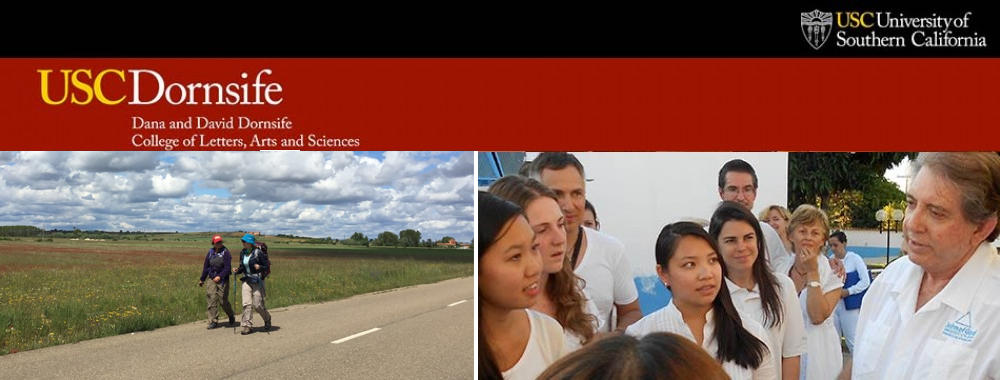
Soulmates on the Camino
Sitting in a cafe along the Camino Portugués with a good friend met mere hours ago, I think how this world is full of soulmates of all different kinds. Romantic or not, strong connections form when you find part of yourself in another, something that happens along the Camino with seemingly great frequency.
Maybe part of this can be attributed to similarities in the type of people inclined to venture out onto the Camino, but, undoubtedly, the Camino itself fosters an environment where boundaries between people are broken down and vulnerability and connection become easier than the so-called “real world.”
In the winding paths that can feel worlds and centuries apart from traditional bounds of society, those on the Camino are not separated by our ages, nationalities, jobs, or status–everyone is a pilgrim. This is the communitas that Victor Turner writes is a product of liminality, where the Camino exists in a world with its own rules.
Constance, a 69-year old Dutch woman who has walked the Camino seven times alone, considers the people she has met the most important part of her Camino, and notes, “Age makes no difference. You can spend only a day with someone on the Camino and make a great friend.”
These friendships made possible by the Camino are enduring. There’s Nola, an Australian woman in her 80s who made such good friends on the French route that they all returned 8 years later to walk the Camino Portugués. Jian, a young South Korean woman, walks with the passport of an older man she met on the Camino five years ago who is too sick to join her this time around. She began the Portuguese route walking in silence with a young man from Lisbon. They were separated by language, but soon became inseparable. As time passed he would answer questions for her when she could not find the words.
On the Camino there is a unique spirit of openness, where people are free to ask near-strangers questions unfathomable outside of the Camino–and receive honest and vulnerable answers. Not even an hour into our conversation, a British woman turns to me and asks, “Are you in love?”
People divulge their fears, hopes, failures, and loves. Alfonso, an older Christian missionary who opens his home to pilgrims, calls the Camino “one big confessional.”
Mike, a South African grandpa, compares this spirit to those he’s seen in endurance races. When everyone is struggling, their boundaries are torn down and everyone is suddenly down in the mud together, helping each other. This reminds me of Commonweal, a cancer treatment center near San Francisco where patients come together to heal (not cure) as part of a community. There, group discussions and sharing burdens plays an important role in healing. “It is our woundedness that allows us to trust each other,” comments the director.
Constance jokes that people on the Camino are cut from the same cloth, who understand and accept you, not just “the saintly parts.”




